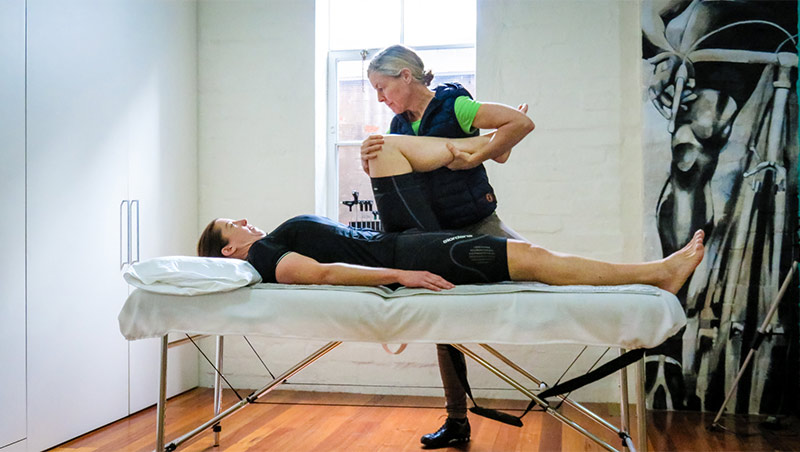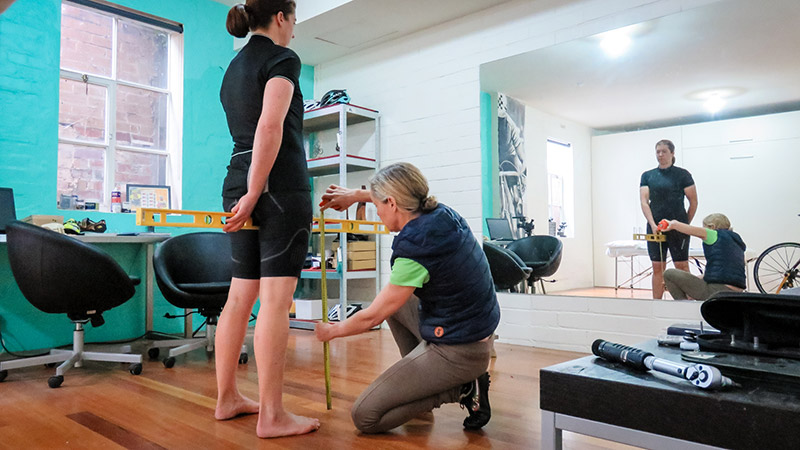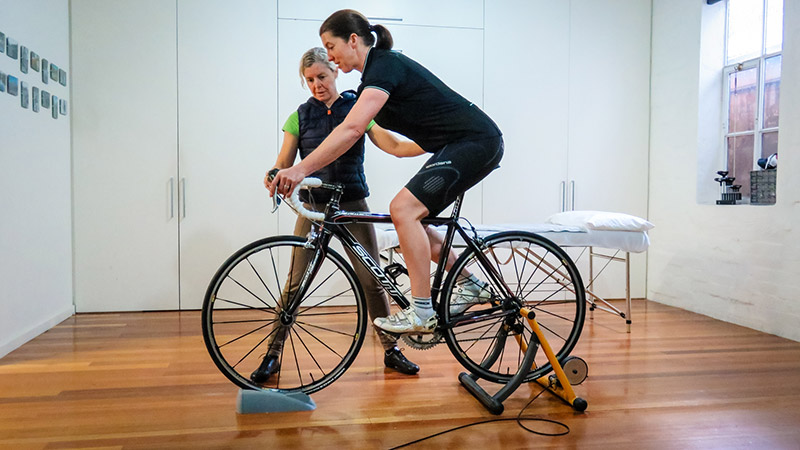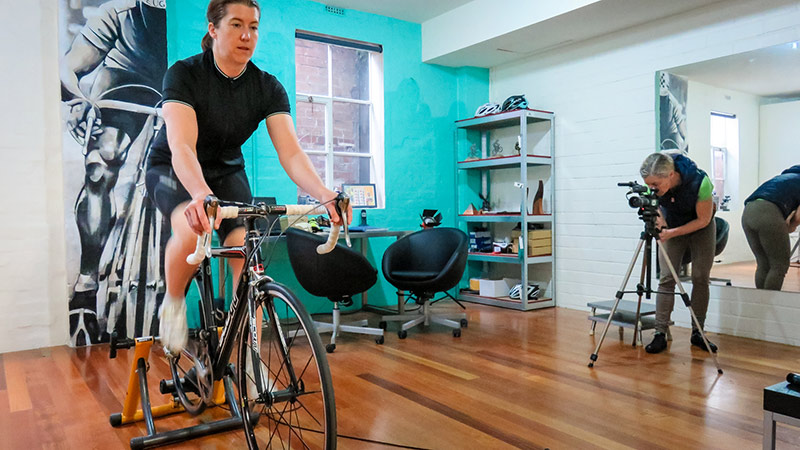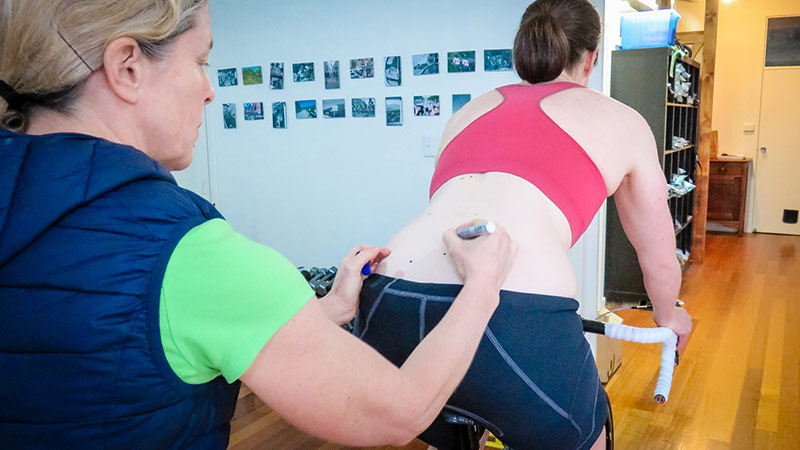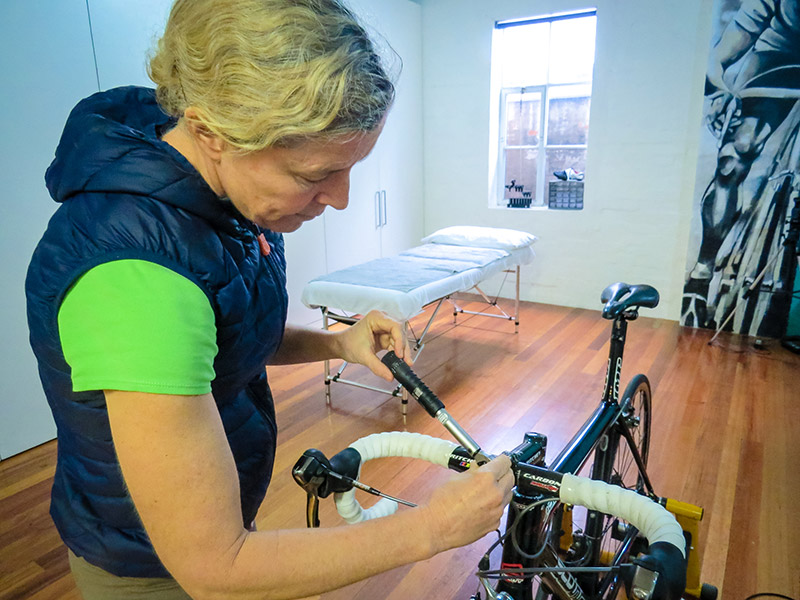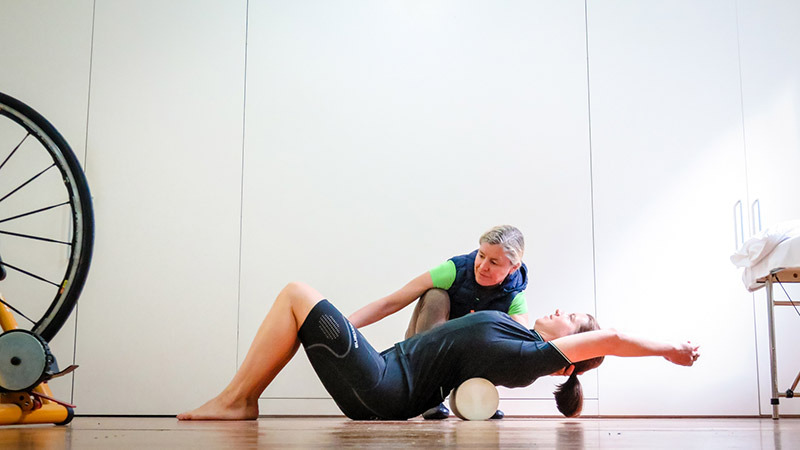10 KEY STEPS OF THE
PHYSIO BIKE FIT PROCESS
PHYSIO BIKE FIT PROCESS
- SUBJECTIVE Assessment
- PHYSICAL Assessment
- ANTHROPOMETRIC Measurement
- ON-BIKE Assessment - STATIC
- ON-BIKE Assessment - DYNAMIC
- VIDEO Assessment Review
- BICYCLE SETTING Changes
- REVIEW of EXERCISE PROGRAM / Direction of Physical Management
- TAKE HOME Information
- FOLLOW-UP

PHYSIO BIKE FIT
A comprehensive and professional science based clinical assessment of the cyclist ergonomics conducted by Emma Colson who has over 25 years experience in bike-fitting injured cyclists


